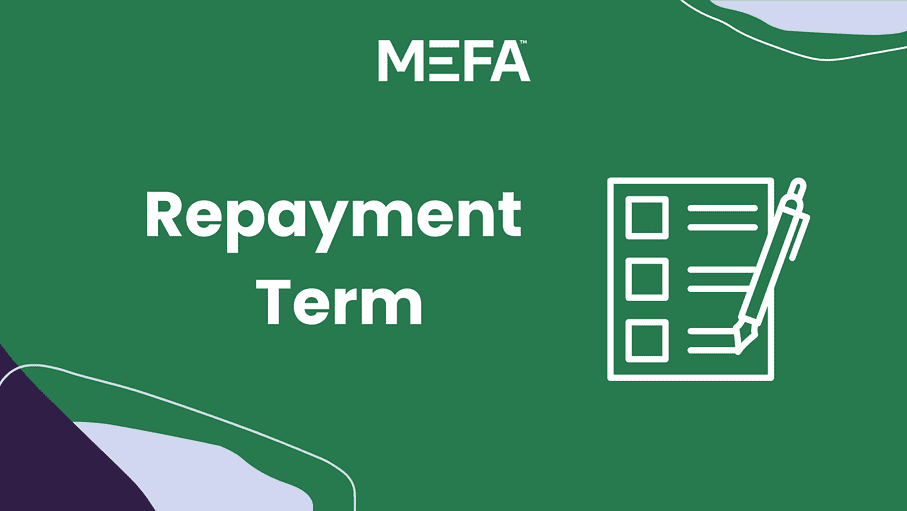If you’re considering borrowing a loan to pay for college, make sure you understand your repayment term, the length of time that you have to repay a loan. Repayment terms vary, and most repayment terms cannot be extended. Learn more about wise borrowing in our Comparing College Loan Options webinar.
Please note that this transcript was auto-generated. We apologize for any minor errors in spelling or grammar.
[00:00:00] Hi folks, it’s Jonathan here from MEFA, and I’m gonna break down another term that you may run into when looking into ways to finance your education. The repayment term is the length of time that you have to repay a loan. The common repayment term for education loans are 10, 15, or 20 years. Federal direct student loans carry an option to extend the repayment term from the standard term of 10 years up to 20, 25 or even 30 years.
But most other education loans don’t have that flexibility. Most loans can’t extend their terms and must be repaid within their initially stated term. Now, this doesn’t mean that you have to take the full term to fully repay a loan. In fact, if you can pay a loan off early, that’s great because it means that you’ll pay less interest over the life of the loan and less overall.
If you have a deferred loan, which is a loan that doesn’t begin repayment until after the student leaves college. Make sure you know when your repayment term actually begins. [00:01:00] For example, if a loan is described as a 15 year loan and it’s deferred, is your in-school deferment included in that 15 years or is that 15 years from when you leave school and start repaying?
So that’s repayment term. Now. If you have any further questions about the language of college loans or anything related to planning, saving, and paying for college, here’s how to reach out.














